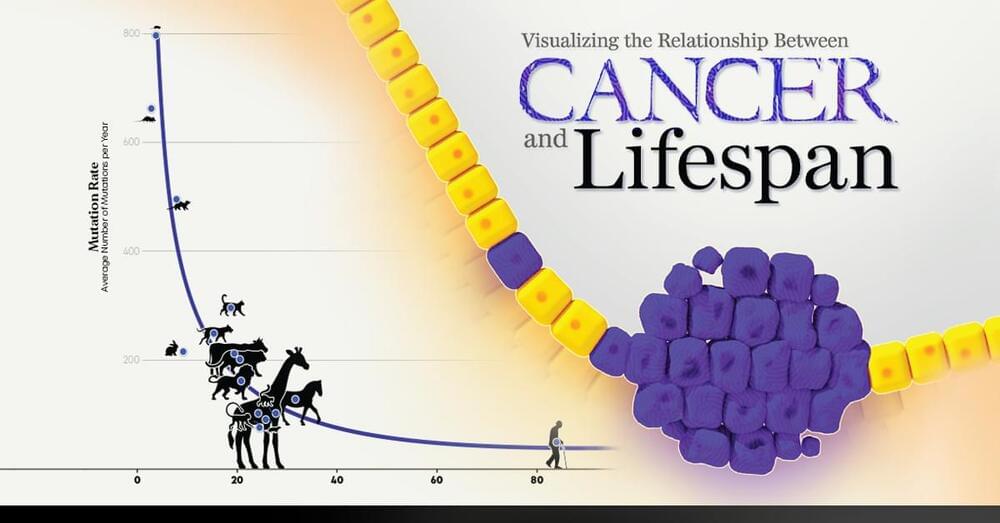A review discusses the current state of CRISPR-mediated genetic manipulation in human cells, animals, and plants and considers its future potential.
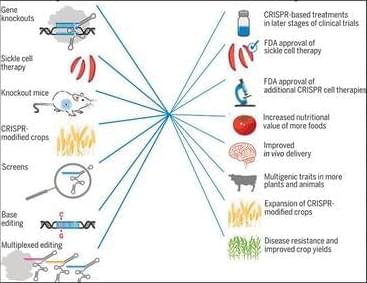

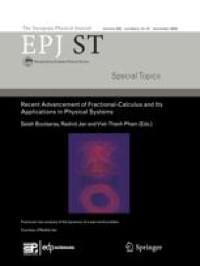
Year 2019 This proves that we may have infinite worlds and infinite possibilities.
Historically, correspondence rules and quantum quasi-distributions were motivated by classical mechanics as a guide for obtaining quantum operators and quantum corrections to classical results. In this paper, we start with quantum mechanics and show how to derive the infinite number of quantum quasi-distributions and corresponding c-functions. An interesting aspect of our approach is that it shows how the c-numbers of position and momentum arise from the quantum operator.
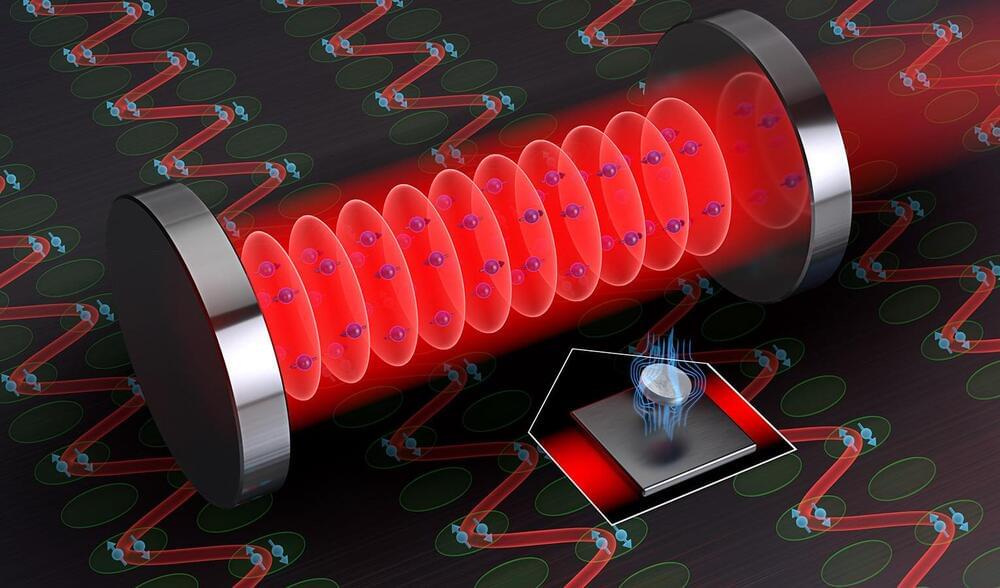
In physics, scientists have been fascinated by the mysterious behavior of superconductors—materials that can conduct electricity with zero resistance when cooled to extremely low temperatures. Within these superconducting systems, electrons team up in “Cooper pairs” because they’re attracted to each other due to vibrations in the material called phonons.
As a thermodynamic phase of matter, superconductors typically exist in an equilibrium state. But recently, researchers at JILA became interested in kicking these materials into excited states and exploring the ensuing dynamics. As reported in a new Nature paper, the theory and experiment teams of JILA and NIST Fellows Ana Maria Rey and James K. Thompson, in collaboration with Prof. Robert Lewis-Swan at the University of Oklahoma, simulated superconductivity under such excited conditions using an atom-cavity system.
Instead of dealing with actual superconducting materials, the scientists harnessed the behavior of strontium atoms, laser-cooled to 10 millionths of a degree above absolute zero and levitated within an optical cavity built out of mirrors.

A team in Cornell Engineering created a new lithium battery that can charge in under five minutes – faster than any such battery on the market – while maintaining stable performance over extended cycles of charging and discharging.
The breakthrough could alleviate “range anxiety” among drivers who worry electric vehicles cannot travel long distances without a time-consuming recharge.
“Range anxiety is a greater barrier to electrification in transportation than any of the other barriers, like cost and capability of batteries, and we have identified a pathway to eliminate it using rational electrode designs,” said Lynden Archer, Cornell’s James A. Friend Family Distinguished Professor of Engineering and dean of Cornell Engineering, who oversaw the project. “If you can charge an EV battery in five minutes, I mean, gosh, you don’t need to have a battery that’s big enough for a 300-mile range. You can settle for less, which could reduce the cost of EVs, enabling wider adoption.”
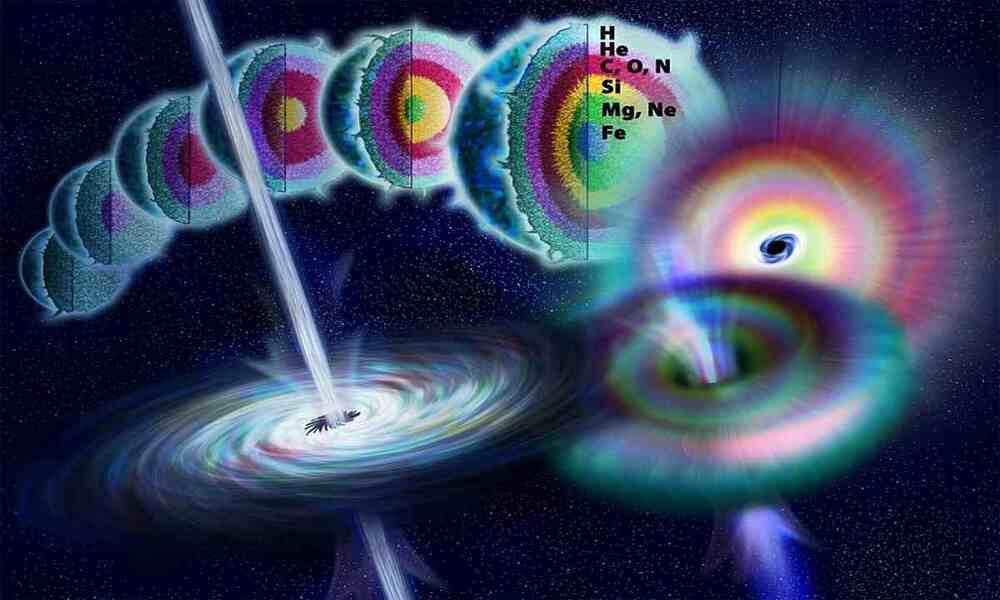
A recent discovery of a Gamma-ray burst (GRB) named GRB 220627A has left astronomers puzzled. GRBs are the most powerful explosions in the universe since the Big Bang, and typically last only seconds to a few minutes. However, GRB 220627A lasted for more than a thousand seconds, or just shy of 17 minutes, and arrived in two powerful bursts from an unknown event 2 billion years into the universe’s existence.
While the source of the burst appears to be ordinary, its length and double-burst nature have left astronomers puzzled. The likeliest explanation is that the GRB is the product of gravitational lensing, which is the warping of distant light sources by extremely massive objects such as galaxies and black holes. This would stretch, distort, and create echoes of the GRB’s signal before it arrived at Earth.
When a massive star runs out of fuel, it collapses before exploding outward in a gigantic supernova, leaving behind an ultra-dense neutron star or a black hole. It is these stellar explosions —and occasionally even collisions between two neutron stars — that produce powerful bursts of gamma rays that can be picked up by space observatories such as NASA’s Fermi Gamma-ray Space Telescope, which detected the new GRB.
Explore life sciences with Wolfram Language Demonstrations, Function Repository, Q&As, Community posts and more, at any skill level. Research computational biology and find your computational X.
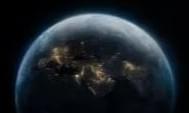
Life in the universe: everywhere or nowhere?
Posted on Big Think, direct link at https://www.searchforlifeintheuniverse.com/post/a-new-take-o…he-aliens?


People with unusually thin retinas are at greater risk of later developing bronchitis and other conditions, suggesting retinal scans could eventually become a component of routine health screening.
